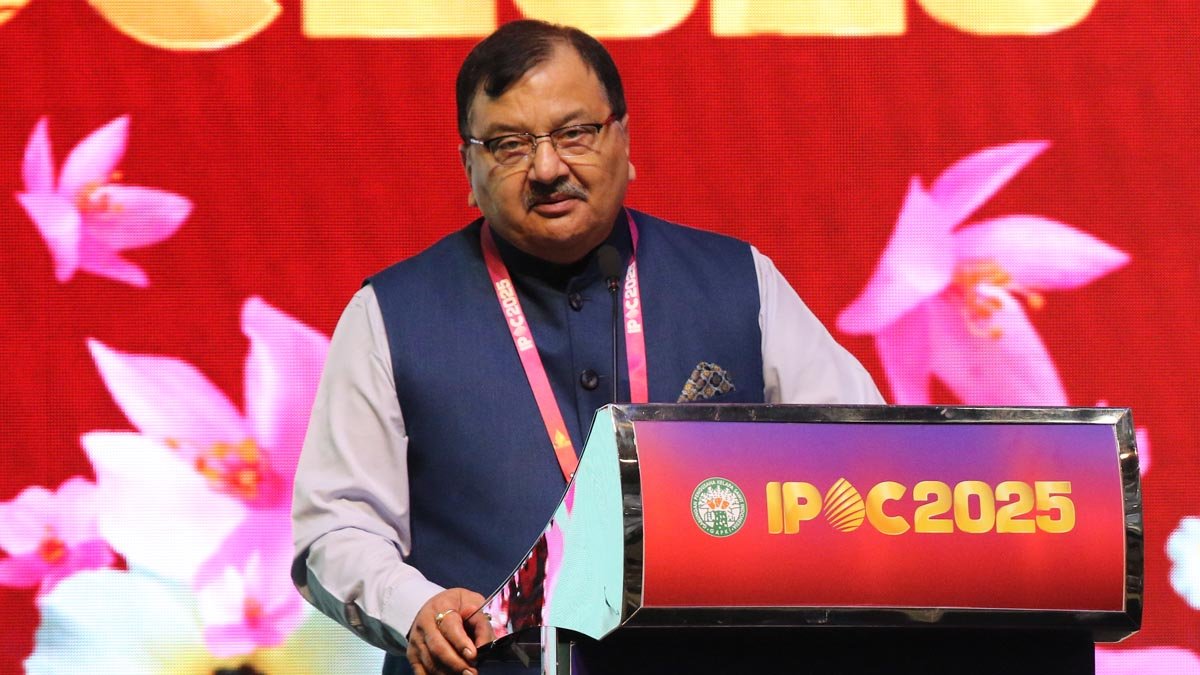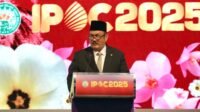PALMOILMAGAZINE, NUSA DUA, BALI — South Asia—particularly India—has long been one of the most strategic export markets for Indonesian palm oil. However, growing regional political turbulence and a shift toward protectionist policies in neighboring countries have prompted India to accelerate its domestic self-sufficiency agenda through the National Mission on Edible Oils – Oil Palm (NMEO-OP).
Speaking at IPOC 2025, Atul Chaturvedi, Chairman of the Asian Palm Oil Alliance (APOA), highlighted that despite India’s strong ambition to reduce import dependence, progress on NMEO-OP remains significantly below target four years after implementation. This situation, he noted, reinforces Indonesia’s continued importance as a primary supplier for India’s fast-expanding palm oil market.
Launched in 2021, NMEO-OP aimed to develop 1.67 million hectares of oil palm plantations and raise domestic crude palm oil (CPO) production to 2.8 million tons by 2030. The program also includes substantial government subsidies—ranging from planting materials and farm inputs to infrastructure support and farmer capacity-building.
However, actual progress falls short. By 2030, India is projected to expand only 0.75 million hectares of new plantations, with estimated CPO output reaching just 1 million tons—far below the original goal.
Meanwhile, India’s consumption continues to grow rapidly. Current national demand sits at 8.25 million tons of palm oil, and total vegetable oil needs are expected to reach 50 million tons by 2047 due to rising GDP and demographic growth. Chaturvedi stressed that this widening demand-supply gap confirms Indonesia’s long-term role as a vital and irreplaceable trade partner for India.
A Reactive Market With High Sensitivity to Price Shifts
Chaturvedi cautioned that while Indonesia holds a strategic position, maintaining competitiveness is crucial. India’s market reacts quickly to global price movements and has access to a wide range of alternative vegetable oils. This makes consistent quality, stable supply, and competitive pricing essential for sustaining market dominance.
He also emphasized the need for active industry diplomacy to counter negative campaigns and misconceptions about palm oil in India. Strengthening consumer trust and rehabilitating palm oil’s reputation, he said, will be vital to securing long-term market confidence.
Also Read: CIRAD Highlights Palm Oil Practice Challenges and Their Impact on Global Markets
IPOC 2025: Strengthening Strategic Partnership
In his address at IPOC 2025, Chaturvedi underscored that India’s palm oil strategy requires balancing domestic production ambitions, tariff adjustments, public subsidies, and regional trade pressures. The limited progress of NMEO-OP reveals the structural barriers India faces in scaling up local production, while soaring oil consumption indicates a continued reliance on international suppliers.
For Indonesia, this presents both an opportunity and a responsibility: to sustain its position not only as India’s largest exporter but also as a trusted, long-term strategic partner in supporting food security, value-chain sustainability, and nutritional education across South Asia.
Stay up to date with the latest IPOC 2025 news at Palmoilmagazine.com. (P3)





































